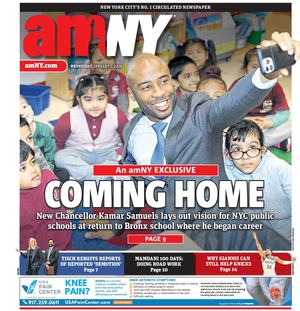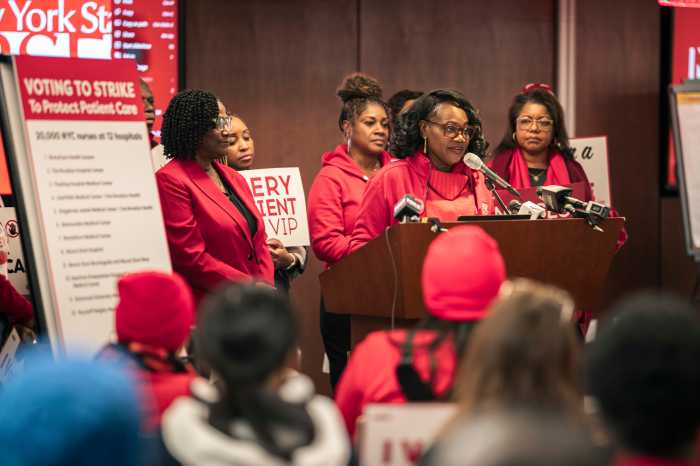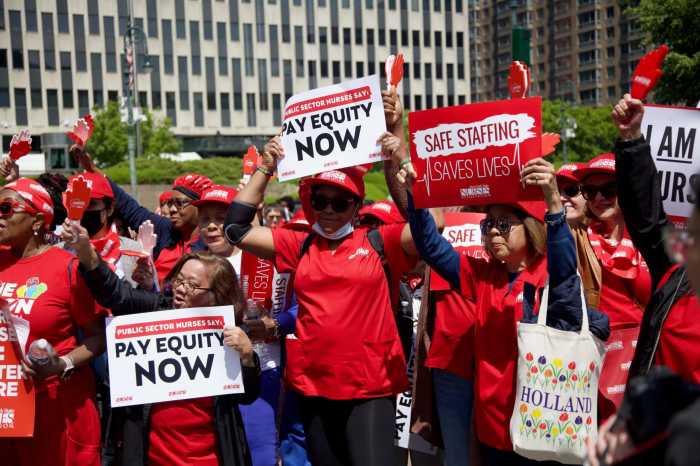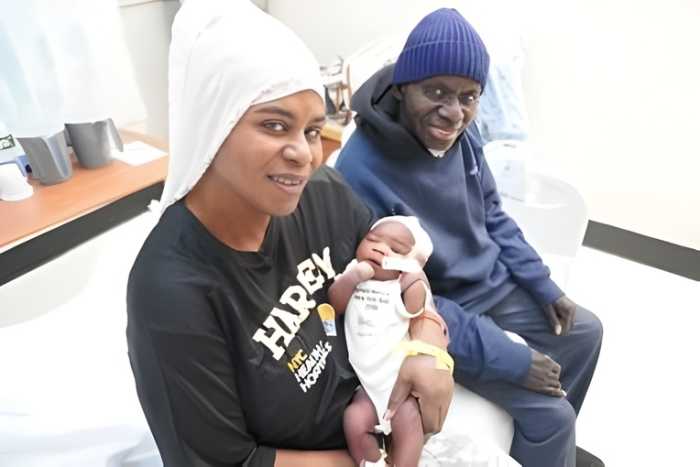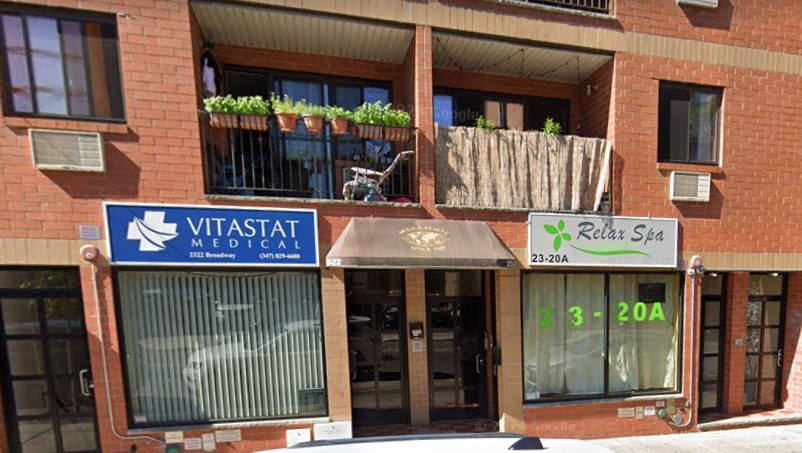As a parent, I know how challenging and stressful caring for a new baby can be. You’ve been told this will be the best experience of your life, but the sleepless nights, tiring days, and struggles to understand exactly what your baby wants and needs can leave you feeling frustrated and exhausted.
May is Shaken Baby Syndrome Awareness Month, and as Commissioner of the NYC Administration for Children’s Services, I want to make sure new parents know how to take care of both their baby and themselves.
Shaken Baby Syndrome (SBS), also known as Abusive Head Trauma, is a traumatic brain injury that happens when a parent or other caregiver violently shakes a baby or toddler by the shoulders, arms, or legs out of frustration, often because the baby will not stop crying. SBS may result from shaking; either alone or against an object.
According to the Centers for Disease Control, SBS is a leading cause of child abuse death in the United States. Babies, newborn to one year (especially babies ages 2 to 4 months old), are extremely vulnerable to injuries from shaking because their neck muscles are not strong enough to control the motion of their heads. Shaking them violently can trigger a “whiplash” effect that can lead to internal injuries, including bleeding in the brain or in the eyes. Often there are no obvious external signs, such as bruising or bleeding, to indicate an injury but SBS can lead to permanent disability and even death.
The good news is that SBS is completely preventable. Long bouts of inconsolable crying are normal for healthy babies, who may cry for as long as 1 to 2 hours, but unfortunately, that doesn’t make the experience any less unpleasant for their caregivers. However, no matter how physically tired and mentally exhausted you are, it is never safe to shake, throw, hit, slam, or jerk a child.
Your feelings of frustration are real, and there are steps you can take to support your mental health and ensure your child’s safety. If you’re struggling with your baby’s crying, try taking a deep breath and count to 10, call a friend or loved one for emotional support, or consider speaking with your pediatrician to see if there is a medical reason why your baby is crying.
If you have tried to calm your crying baby and nothing seems to work, take a time out. Place your baby in a safe place, like a crib or playpen, and take a break.
Finally, make sure everyone in contact with your baby is aware of the dangers of shaking infants, even in play. The NYC Administration for Children’s Services can also connect you to a wide range of free services and resources.
If you know or suspect a baby has been shaken, call 911 or immediately take your child to the nearest emergency room. Getting emergency medical care could prevent serious health problems and may save a baby’s life. For more tips about how to manage stress and fatigue to prevent SBS, visit:
The Shaken Baby Alliance: www.shakenbaby.org
The National Center on Shaken Baby Syndrome: www.purplecrying.info
The National Center on Shaken Baby Syndrome: www.dontshake.org
Jess Dannhauser is the Commissioner of the NYC Administration for Children’s Services.
